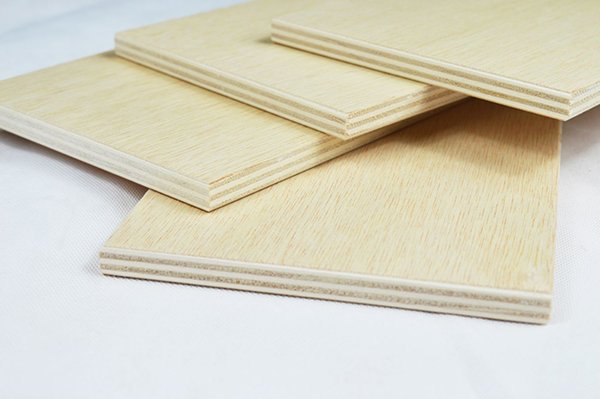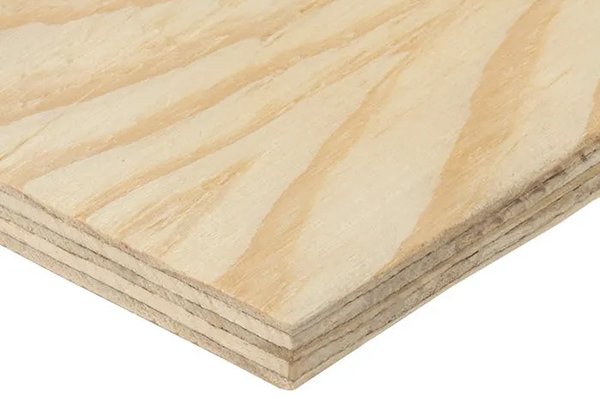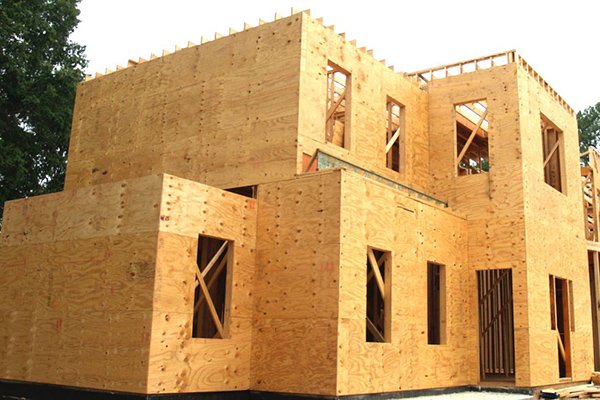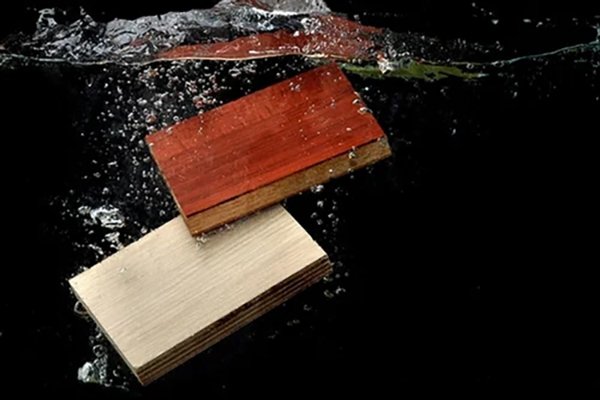

Plywood Quality Standards You Should Know While Choosing
Table of Contents
TogglePlywood is one of the highly versatile and imperative construction, furniture-making, and interior decoration materials. Applications include from mere building frameworks up to creating elegant cabinetry. With all the umpteen choices available, it becomes important to make sure that the plywood chosen will meet the required Plywood Quality Standards.
Knowing the Plywood Quality Standards will help in making right choices, economize, and make projects strong and durable enough to be sustainable. In this article, we will investigate what the different quality standards of plywood are: types, grading, and certification, plus some tips that will enable you to make the best choice to suit your needs.
Plywood Quality Standards: What Are They?
Plywood Quality Standards are criteria that define the composition, performance, and functionality of plywood in terms of its application. These Plywood Quality Standards check the following:
Material Composition: The type of wood, adhesive, and core used.
Durability: Resistance towards moisture, warping, and wear.
Grading: Smoothness, defects, and quality of finishing.
Certification: Conforming to regional and international standards in terms of safety and environmental sustainability.

Why are plywood quality standards so crucial?
1. Durability
The higher quality the plywood is, the higher resistance it will have toward rust and wear and tear. This is very instrumental in applications pertaining to structure and outdoors.
2. Safety
Low-quality plywood could emit toxic substances such as formaldehyde. Certified plywood means safety in terms of indoor usage.

3. Cost-Efficiency
While it is true that premium plywood is costlier, it saves, over a longer period, for its durability and dependability.
4. Aesthetic Value
For furniture and decorative usages, good quality, fine finish plywood adds to the beauty.
Types of Plywood
Plywood comes in categories regarding types of material and usage for which it is being purchased. Below are the most frequently used varieties:
1. Softwood Plywood
Softwood plywood generally comes from coniferous trees such as pine or fir. The largest single use of softwoods is for structural purposes: subflooring, walls, and roofing. Conveying strength, it may be coarse for finishing purposes.
2. Hardwood Plywood
It is made from hardwood species, including birch, maple, or oak, and is very resistant, while having a fine surface finish. It is ideal for furniture, cupboards, and paneling. Hardwood plywood sometimes also meets higher standards of quality in plywood, which you should know while choosing for interior projects.

3. Marine Plywood
Marine plywood is manufactured for very wet or submerged applications. It is very durable, made with completely waterproof adhesives, and has very minimal core voids. It also resists rot very well. This shall be required for outdoor furniture, boats, and bathrooms.
4. Structural Plywood
It is engineered for high strength and stability and, hence, suitable for load-carrying applications. It shall meet stringent standards that ensure safety and good performance.

5. Decorative Plywood
Appearance of decorative plywood having fine veneer at the surface. It is used in wall panels, cabinets, and interior furniture.
Grading Plywood Quality Standards
The grading of plywood is made in terms of appearance and strength. There are several grades that help to recognize the potential of plywood for particular purposes:
Face Grades
Grade A: The appearance of high-quality surface with very minimal imperfections is feasible for painting or staining.
Grade B: Some imperfections like small knots or repairs are allowed, but it shows a good appearance.
Grade C & D: Has noticeable knots, cracks, or discoloration. Usually applied in structural purposes where appearance is not very crucial.

Core Grades
The core layers drastically affect plywood performance. A core devoid of voids is bound to provide far better strength and stability.
Salient Features of Good Plywood Quality Standards
Uniform Thickness: The thickness of the sheet should be the same throughout. Variation in thickness shows the low standards of manufacturing.
Strong Adhesives: Good quality plywood is bonded by waterproof adhesives such as phenolic resins which increase durability.
Smooth Surface: A smooth surface with little imperfections will provide the best look and functioning.
Moisture Resistance: Application-dependent, one must go for moisture-resistant plywood such as BWP – Boiling Waterproof or BWR-Boiling Water Resistant.
Warping: Good quality plywood does not warp/ bend with time and sustains the structural integrity.

Certification to look for Plywood Quality Standards
The certification provides testimony to the quality and safety of plywood. Some of the common types of certifications are: –
1. IS Standards (India)
IS 303: For commercial plywood to be used in interiors.
IS 710: For marine-type plywood that is resistant to water and humidity.
2. BS Standards (United Kingdom)
BS 1088: Marine plywood to be durable and resistant to moisture.
3. CARB Compliant (USA)
Plywood fabricated under the California Air Resources Board, CARB, meets limits for formaldehyde emissions which keep indoor air safer.

4. FSC Certification
The Forest Stewardship Council certified plywood made from well-managed wood to ensure the plywood is friendly to the environment.
5. E1 & E0 Standards
These European standards describe plywood with low formaldehyde emissions and, therefore, make the plywood safer for indoor usage.

Applications when the products meet Plywood Quality Standards
1. Construction
Structural plywood grades are used for the floors, walls, and the roofs. Following quality standards means the construction will be safe and durable.
2. Furniture
The making of high-grade, smooth-finish plywood is necessary for one to have hardy and fashionable furniture.
3. Interior Design
Changed plywood beautifies walls, paneling, cabinets, and even ceilings.
4. Outdoor Projects
Marine plywood is indispensable when the issue is related to exposure to water or extreme weather conditions, such as garden furniture or boats.
How to Choose the Right Plywood has Plywood Quality Standards
Following are the things to be thought of while choosing plywood:
1. Purpose
Determine whether plywood is for structural, decorative, or outdoor usage.
2. Quality Check
- Check its surface for any imperfections.
- Assure it has the same thickness with no voids in the core.
- Ensure it has all the relevant certifications.
3. Climatic Condition
For humid regions, use moisture-resistant plywood like BWP or Marine-grade plywood.

4. Supplier Reputation
Buy plywood from reputed suppliers who maintain quality standards of plywood, which you should know while selecting.
Common Mistakes to Avoid
1. Purchasing Without Verifying Its Certifications
Always ensure that the plywood meets standards such as IS 710 or FSC certification.
2. Not Checking the Core Quality
Low-quality plywood will always have gaps or voids in the core, which further weakens the structure.
3. Selecting Based on Lower Price
While price is a factor, good quality supports better performance and longevity.
Sustainability in Plywood Manufacturing
With growing concern for sustainability, plywood manufacturers are slowly turning to eco-friendly manufacturing. Their recent innovations include the following:
- Using recovered wood materials.
- Making adhesives that emit less formaldehyde.
- Promote FSC-certified products for forest conservation.
Thus, while you choose sustainable plywood, you are protecting the environment and also receive quality material.

Conclusion
Knowledge of the Plywood Quality Standards help you know in making your choice is important in whatever project you will work on, whether it deals with construction, furniture making, or interior design. From the evaluation of material composition and grading to the verification of certification, everything will help make your plywood durable, safe, and exactly what you want.
Add life to your projects with excellent Plywood Quality Standards. Also, add both aesthetic and functional values when choosing plywood. Go for the quality instead of the cost of the product, do make efforts to work with reputed suppliers who assure the best returns based on the projects undertaken.
Are you looking for high-quality plywood? With a wealth of experience, HPC is able to provide a wide range of high-standard products. Contact us today for more information and discover the perfect pieces for your customers!

Contact us
Leave us a message for request about our commercial wood supply
